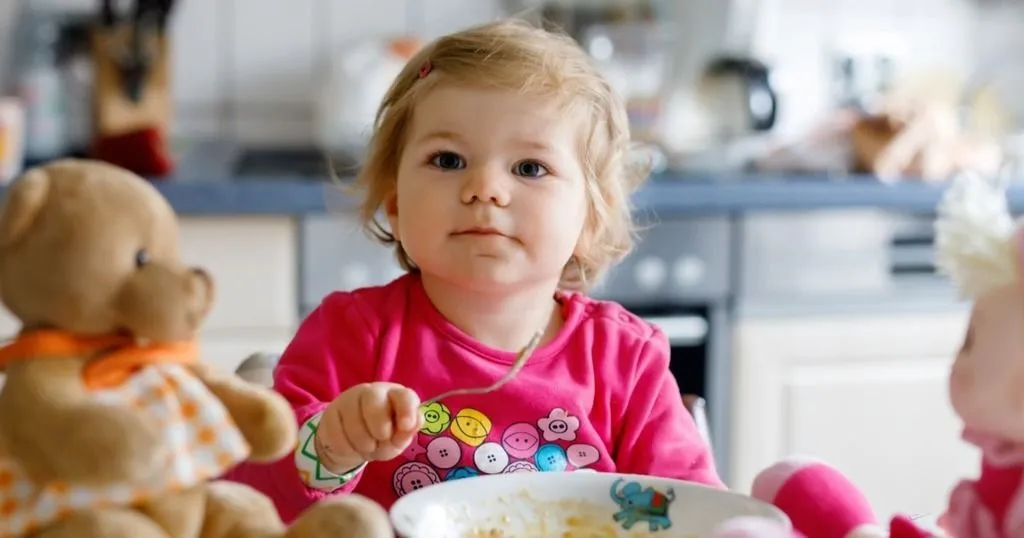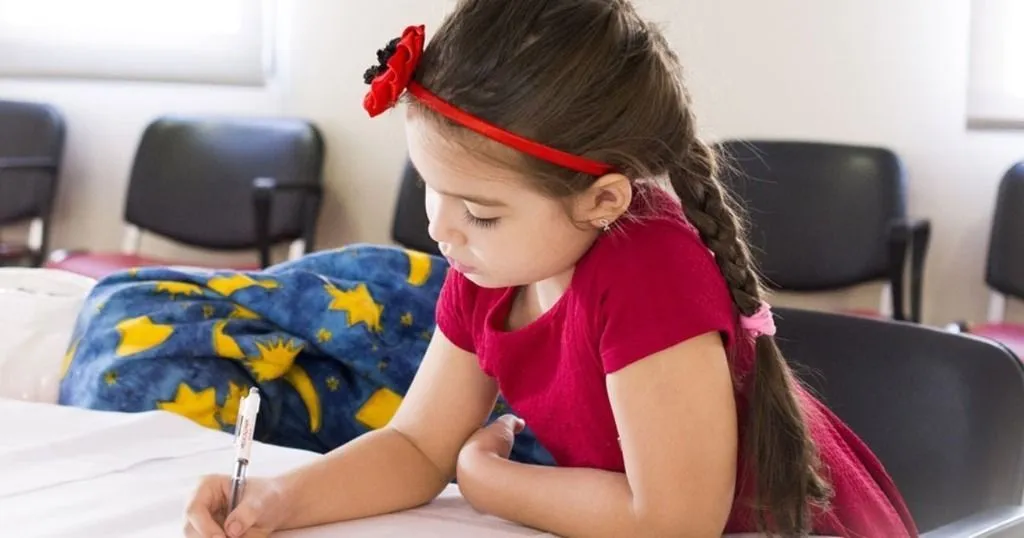Analyzing the mealtime behaviors of children with autism
Disrupted mealtimes and feeding challenges may risk the development of family stability, as well as the social skills and well-being of a child. Which strategy should families use to support meal time engagement?
Posted by
Published on
Mon 15 Oct. 2018
Topics
| Autism | Coding Behavior | The Observer XT | Video Recording | Child Development | Developmental Psychology | Infants | Developmental Disorder |

Nutrition is one of the basic needs of human beings. In Maslow’s pyramid, it is at the basis of all our needs. Among other things, we require food to keep our bodies in balance.
Yet, mealtimes are often a challenge to parents. When it comes to food, or healthy nutrition, a kids’ statement such as “I’m not going to eat that” is not unusual, just like not wanting to try new foods or just refusing to eat. The food ends up on the floor, or on the wall, but definitely not in the kid’s mouth. This behavior is very frustrating, and it worries many parents because eating is vital and everyone wants their child to be healthy and grow well.
FREE WHITE PAPER: Tools for infant studies
Learn more about the software tools available for infant studies.
- Capture behaviors with video
- Annotate behaviors accurately
- Unobtrusive emotion analysis
Children with autism are often very selective eaters
Mealtimes are an especially complex matter for children with Autism Spectrum Disorder (ASD). Children with autism search for predictability in the ritual of eating. For example, they want to know what is being eaten, how much should be eaten, how long the meal will last, and what exactly is expected from them during mealtimes.
Another thing that makes mealtime complex is that many children with ASD often show a preference for a certain color of food that they absolutely do not want to deviate from, or they might have another specific preference like the food should not crack too much when they put it in their mouth. In addition, some kids only want to eat bread or will not eat hot meals.
Eventually, parents don’t feel like struggling anymore and they give in. These disrupted mealtimes and feeding challenges may risk the development of family stability, as well as the social skills and well-being of the child.
Ways to support participation during mealtimes
So, which strategy should families incorporate to support mealtime engagement? Should they intervene, distract, or ignore their child, modify the environment, prepare preferred food, or disguise nutrients in other food?
Researchers at the University of Wisconsin-Madison, USA, conducted a study to explore the frequency and characterize the purpose of props used during mealtimes with children with ASD. Props are items that support child participation during mealtime, such as toys or typically child friendly items or common household objects.
Twelve families with a total of 14 children with ASD that experienced mealtime challenges participated in the study. For this, a secondary video analysis was taken from a previous, larger mixed-methods study on the impact of mealtime challenges and eating difficulties in children with ASD on family mealtimes.
Using behavioral coding software to review and visualize observations
The use of props, coded as “present” or “not present” during mealtime videos, was identified as a component of caregiver strategies embedded within six categories:
- Parent intervening and ignoring
- Meal preparation and adaptability
- Positive reinforcements
- Play and imagination
- Distractions
- Modeling
Mealtime videos were uploaded into The Observer XT. Hereby, coders were able to review, visualize, and independently code mealtime observational data in the coding software.
FREE TRIAL: Try The Observer XT yourself!
Request a free trial and see for yourself how easy behavioral research can be!
- Work faster
- Reduce costs
- Get better data
Results of behavioral analysis
In 75% of the cases, props were used during mealtime, mainly within the strategies of meal preparation and adaptability, distraction, and positive reinforcement (e.g. holding toys or stuffed animals, or reading books aloud throughout mealtimes).
The props were meant to support child participation and regulation. For instance, the prop could help to calm a child, as holding a toy provided some comfort, or support the child’s focus. In some families, props were also used as a reward to reinforce positive eating or mealtime behavior. For example, a mother required that the child take bites of food in order to put their preferred stuffed animals on the table.
Using props during mealtime makes sense for children with ASD
Children with ASD may benefit from integrating toys or other items (such as electronics or books) into mealtimes to support their behavioral regulation. However, chances are that parents may be resistant to exploring the integration of these items or are not revealing that they are currently using such items for their child during meals due to social disgrace. After all, not everyone finds it appropriate to bring toys or tablets to the table during mealtimes.
Perhaps practitioners could play an important role in this and examine the effectiveness of using props in each specific home context. Surely, props have the potential to be simple, affordable, and supportive tools to be integrated into family mealtime.
Reference
Muesbeck, J.; St. John, B.M.; Kant, S. & Ausderau, K.K. (2018). Use of Props During Mealtime for Children With Autism Spectrum Disorders: Self-Regulation and Reinforcement. Occupational Therapy Journal of Research: Occupation, Participation and Health, 38 (4), 254-260. https://doi.org/10.1177/1539449218778558
Related Posts

How to make communication easier for children with severe motor impairments

Smile like you mean it
